Start With Why
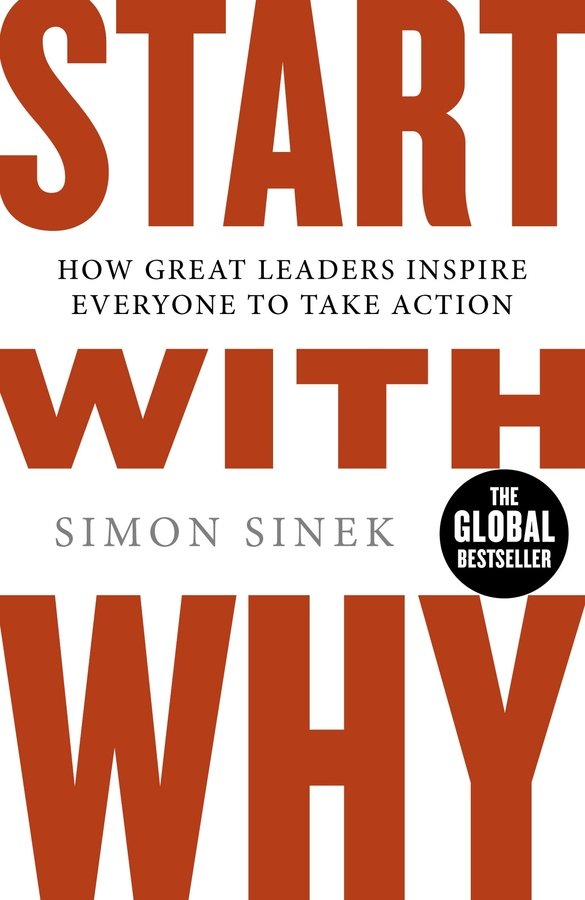
Simon Sinek
https://slides.com/nickseegmiller
Why start with why?
Accomplish more than you otherwise could
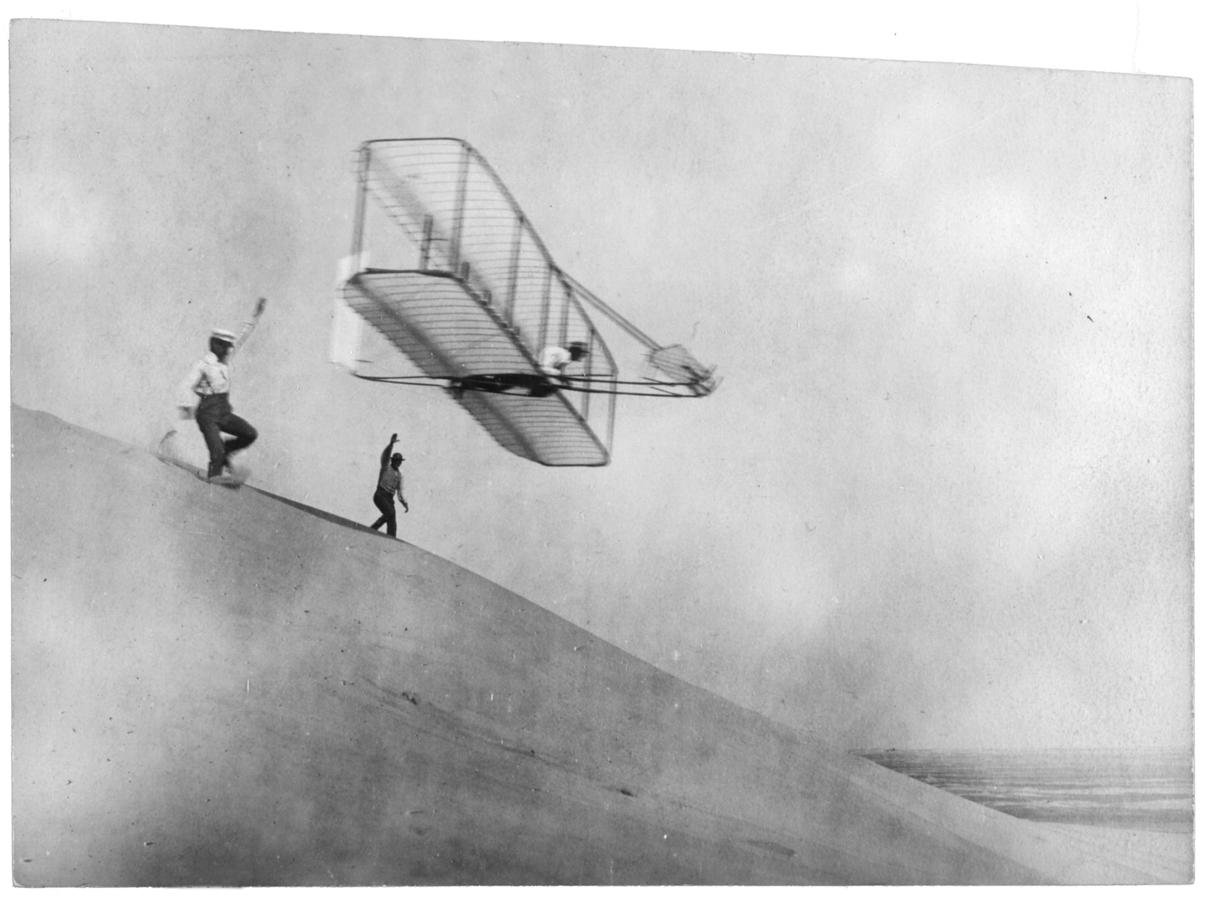
- Wright brothers vs. Langley
- Apple Computers
- Martin Luther King Jr.
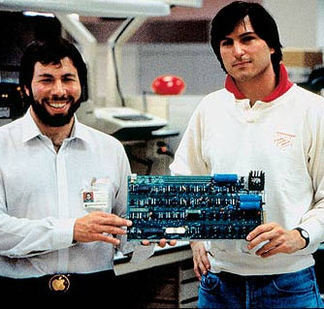

Make decisions based on what we think we know
- Flat vs. round world
- Why do some orgs succeed while others fail?
- Often think we "missed something" when things go wrong
- Story of American car execs - Japanese didn't need a person to take a rubber mallet and tap the door edges
Use effective, short-term tactics until the desired outcome is achieved.
Manipulation vs. Inspiration
- Price
- Race to the bottom
- Promotions
- GM's cash back incentives
- Free case or memory card w/ purchase
- "Breakage" and "Slippage" w/ promotions & rebates
- Fear
- This is your brain on drugs
- Aspirations
- "Quitting smoking is the easiest thing I've ever done. I've done it hundreds of times."
- Aspiration gets you to buy a membership. Inspiration gets you to go 3 times a week.
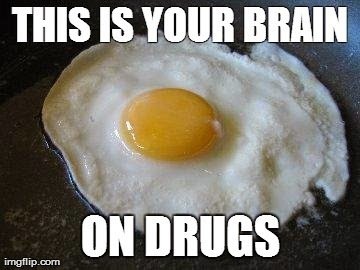
- Peer Pressure
- 4 out of 5 dentists prefer Trident
- Celebrity endorsements
- Novelty (a.k.a. Innovation)
- Motorola RAZR
- 32 kinds of Colgate toothpaste
- "Breakage" and "Slippage" w/ promotions & rebates

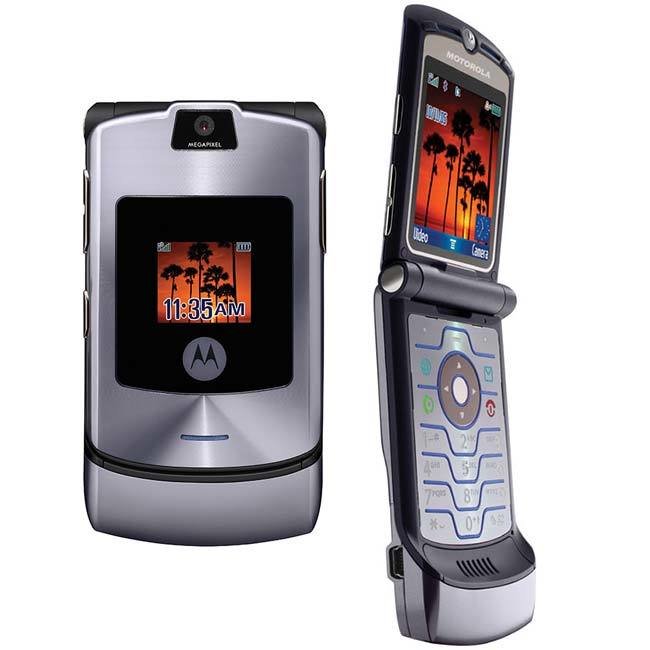
Manipulations create transactions; they don't build loyalty
- Cash for Gold - No repeat customers
- GM - Needed loyalty; didn't get it
The danger of manipulations is that they work.
The Golden Circle

What
What you sell. What you do. Whats are easy to identify.
How
How something is different or better
-
Differentiating value proposition
-
Proprietary process
-
Unique selling proposition
Why
Making money is not a why, it is a result. What is your purpose, cause or belief? Why does your company exist? Why do you get out of bed every morning? Why should anyone care?
Typical sales pitch
- Start with what they do
- How they do it or how they are better
- Then call to action
Why Pitch
- Why they do what they do
- How they do it or how they are better
- What they do
- Then call to action
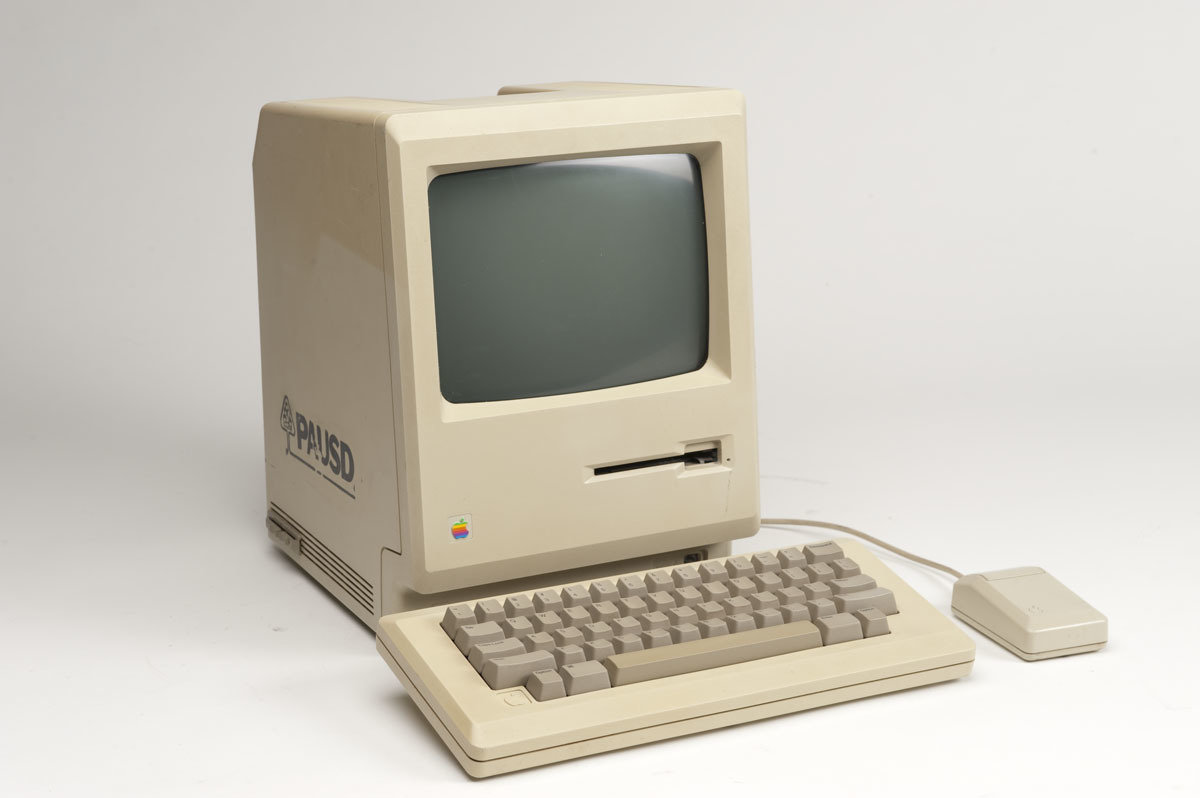
Everything we do, we believe in challenging the status quo. We believe in thinking differently.
Apple's why
- Use a GUI compared to a command line
- 1000 songs in your pocket vs. 5GB mp3 player
- Gateway didn't come across a TV company
- Apple removed "computer" from their name in 2007 so they aren't limited by their WHAT
- Apple could make almost anything as long as it fits inside of their why
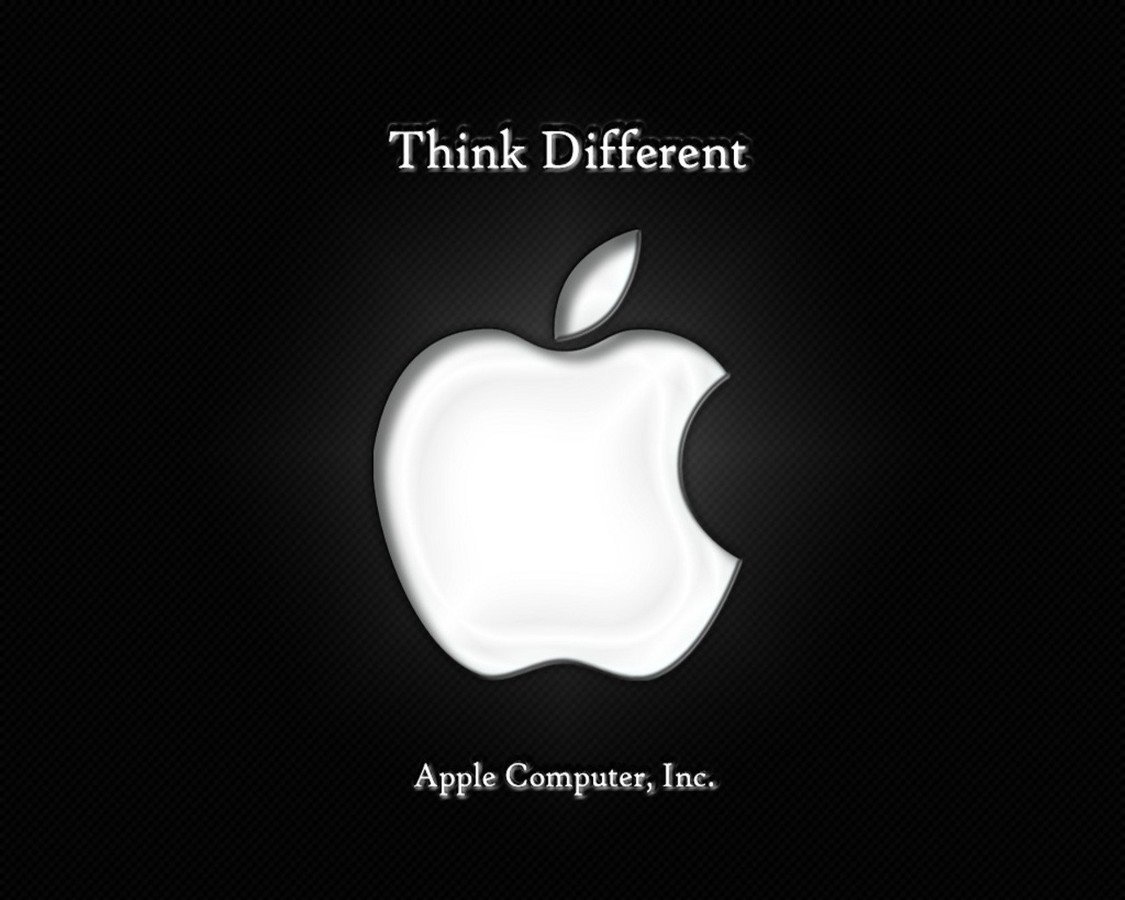
Differentiation
- Compete on price, quality, service, or features - you are a commodity
- What you do and how you do stop mattering
- Need to be an expert to understand difference in milk brands
- Apple "sells a lifestyle"; Harley-Davidson & Prada
- Even if you have a fantastic WHY, if WHAT you sell doesn't work, the whole thing falls flat
- Concept of "better": Ferrari vs. Honda Odyssey
Can be successful without WHY, but won't maintain lasting success
Manipulation rather than inspiration becomes the strategy
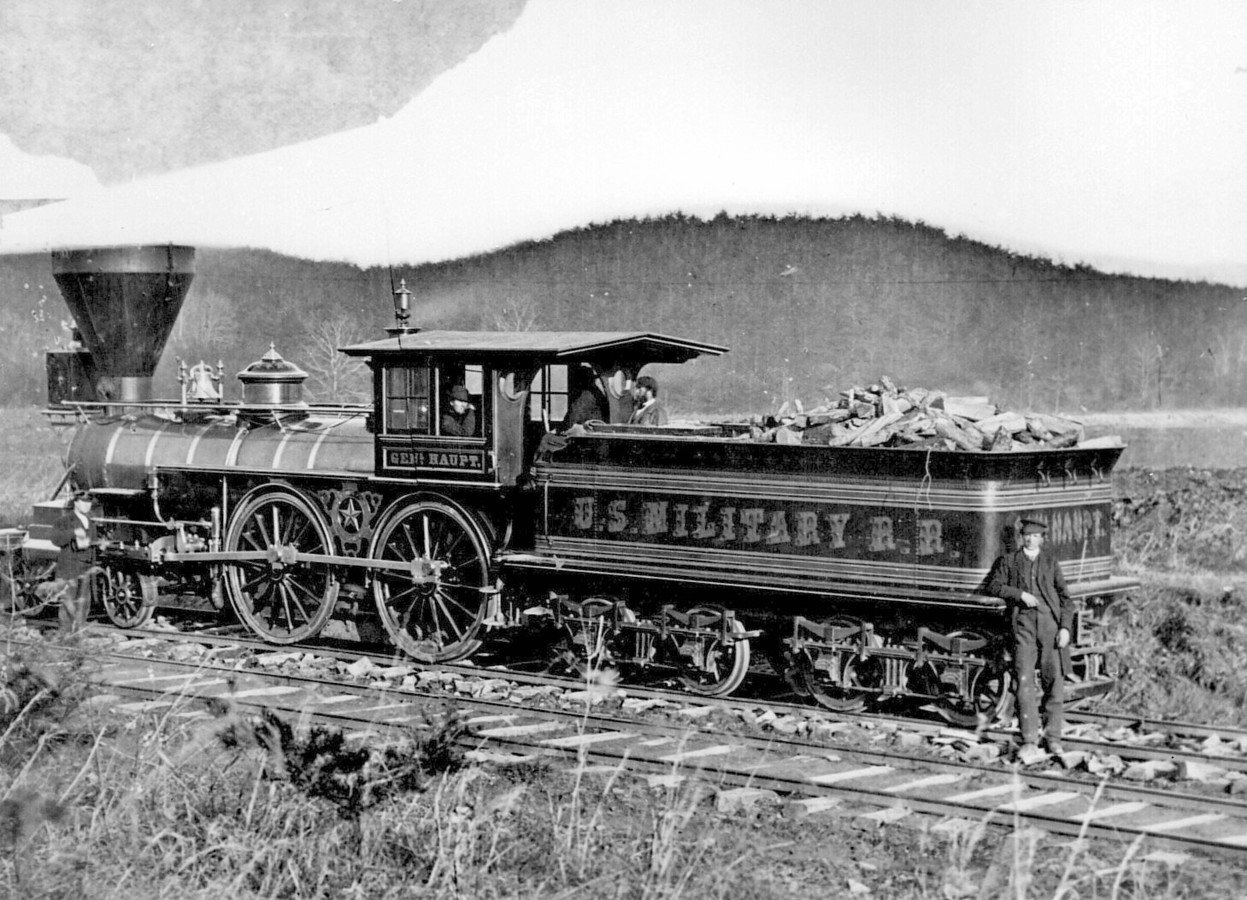
Railroad companies, not mass transportation companies
Instead of asking, "WHAT should we do to compete?" the questions must be asked, "WHY did we start doing WHAT we're doing in the first place, and WHAT can we do to bring our cause to life considering all the technologies and market opportunities available today?"

It's Biology!
Desire and need to belong

If a company communicates what they believe, and we believe what they believe, will go to extraordinary lengths to include their products in our lives.
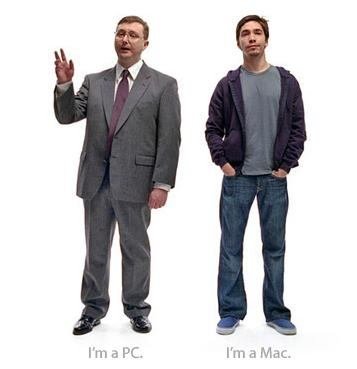
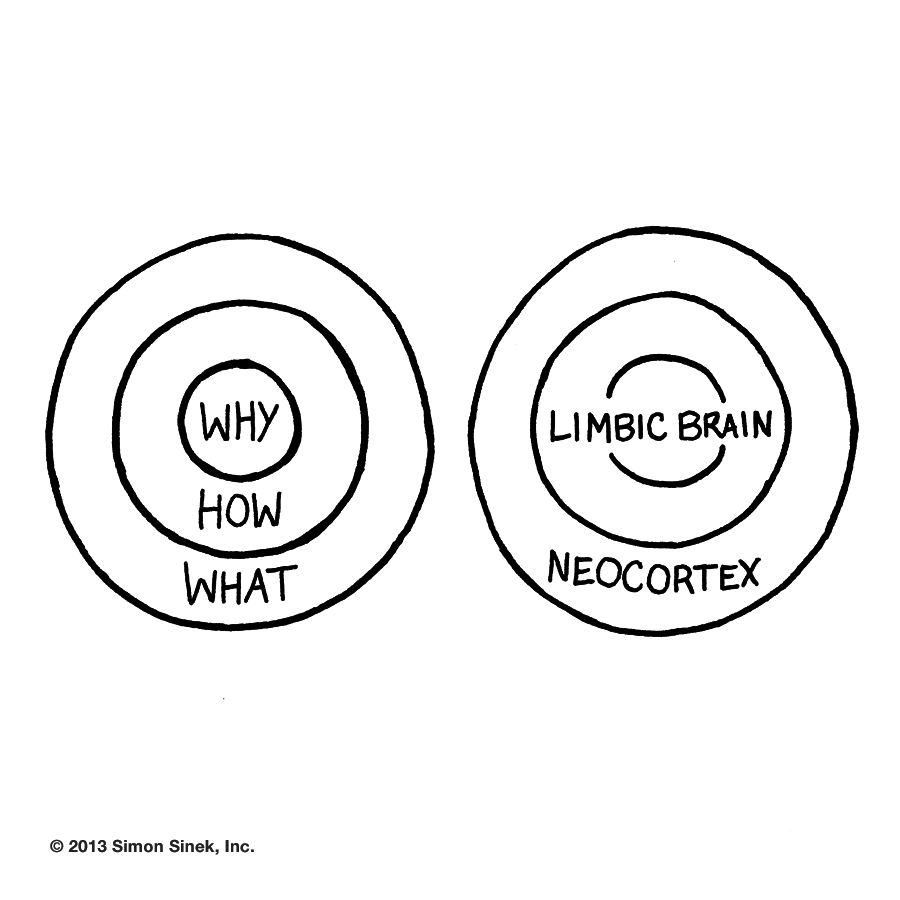
Limbic: trust and loyalty
"If I had asked people what they wanted, they would have said a faster horse."
Henry Ford
Great leaders are those who trust their gut. Art before science. Great leaders win hearts before minds.
"I can make a decision with 30% of the information. Anything more than 80% is too much."
Colin Powell
"It's the user interface. It's the simplicity. It's the design. It's the high quality. They're the best. I'm a creative person."
Apple purchaser
Trust
- Gordon Bethune: Turn around of Continental airlines
- 10 CEOs in a decade
- $600M loss to $250M gain in 1 year
- Trust begins to emerge when we have a sense that another person or organization is driven by things other than their own self-gain
- Trust brings value
- Don't lie to employees/customers
- Remove employees who aren't team players and/or don't believe
- Win as a team; celebrate victories - $65 bonus
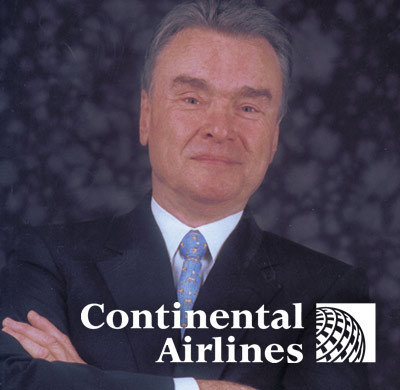
Find people who believe what you believe
- Ernest Shackleton exploring the Antarctic
- No one died. No mutiny.
- Everyone was a good fit.
- Is job posting a WHAT? (5 years exp, etc.) or a WHY?
- "Men wanted for hazardous journey... Honour and recognition in case of success."
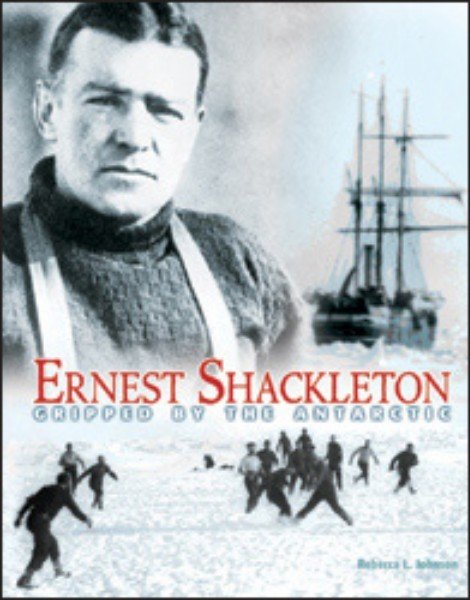
Don't hire skilled people and motivate them, hire already motivated people and inspire them.
Average companies give people something to work on. Innovative organizations give their people something to work toward.
Farthest to the right:
- Boils down to price
- Rarely loyal
- Rarely give referrals
- They just don't get it
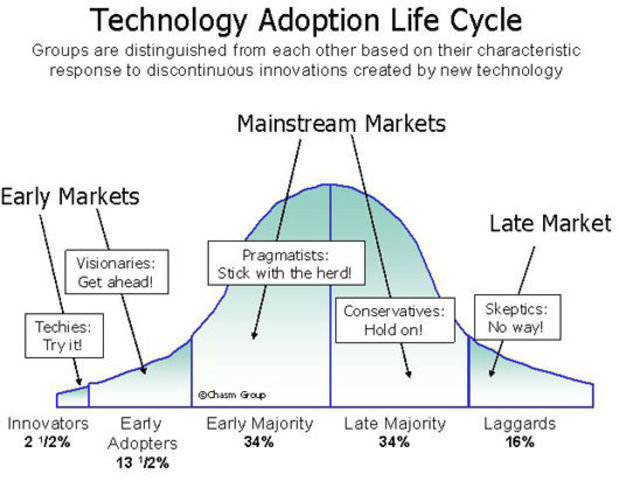
Farthest to the left:
- Fiercely loyal
- "They came out with a new one"
- They want to be the first
Position can change for each person based on product and idea
Energy Excites
Energy is easy to see, easy to measure, and easy to copy.
Comes from a good night's sleep or lots of caffeine.
Does not command loyalty.
Charisma Inspires
Charisma is hard to define, near impossible to measure, and too elusive to copy. All great leaders have charisma because all great leaders have clarity of WHY; an underlying belief in a purpose or cause bigger than themselves.
Commands loyalty.
Source of Inspriation
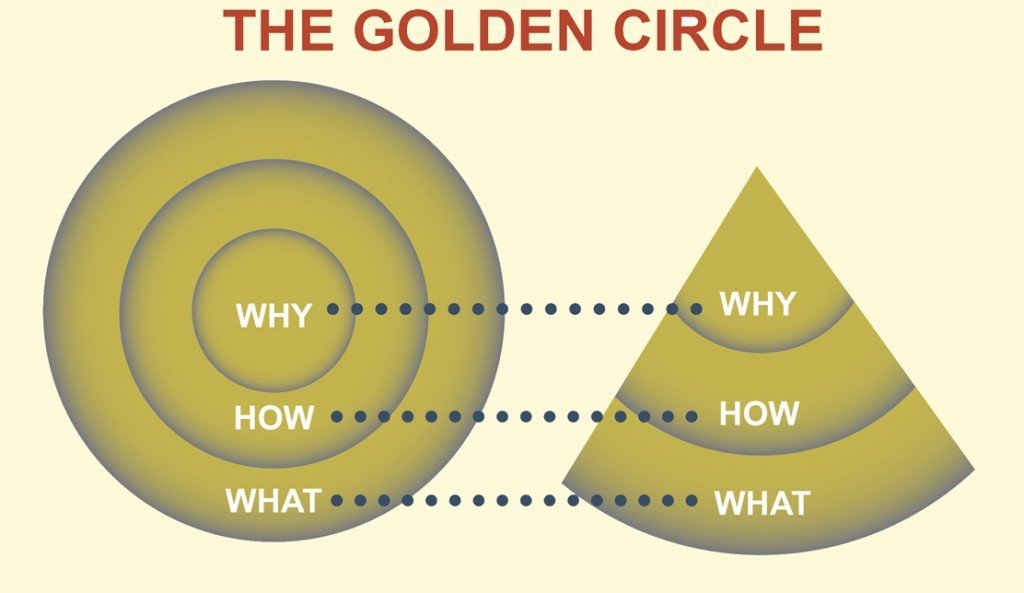
- Those at the top (CEO) bring the WHY
- Those inspired by the leader know how to bring the HOW to life (CFO/COO)
- WHAT is where the rubber meets the road
I have a dream, and he's got the plan
For every great leader, there is an inspired HOW-type who take the intangible cause and build the infrastructure that can give it life.
Special relationship between WHY and HOW
- Bill Gates imagined a world with a PC on every desk, but Paul Allen built the company
- Herb Kelleher personified freedom, but Rollin King came up with the idea for Southwest Airlines
- Steve Jobs is the rebel's evangelist, but Steve Wozniak is the engineer who made Apple work
- Walt Disney was busy thinking about the future, but Roy Disney turned the dreams into a reality
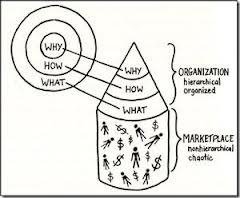
The WHAT is the contact with the outside world
Things happening at the WHAT level need to clearly represent your WHY
Cone is a megaphone
WHY's responsibility to to focus on the layer directly beneath. Not the outside market.
Imagine you go to a dinner party and somebody comes up to you and says, “You know what you need in your organization? M& M’s. If you’re not using M& M’s in your business, you’re leaving money on the table.” Somebody else comes up to you and says, “You know what you need? Rice milk. The data shows that all the people are buying rice milk these days. You should be selling rice milk in this economy.” While you’re standing over the punch bowl, yet another person offers some sage advice. “Oreo cookies,” he says. “We made millions from implementing Oreo cookies in our organization. You’ve got to do it.” Still somebody else comes up to you and says, “Celery. You’ve got to get into celery.” You get all this great advice from all these highly accomplished people. Some of them are in the same industry. Some of them are more successful than you. Some of them have offered similar advice to others with great success. Now, what do you do? You go to the supermarket and you buy celery, rice milk, Oreos and M& M’s. You spend a lot of time at the supermarket walking the aisles. You spend a lot of money because you buy everything. But you may or may not get any value from some or all of these products; there are no guarantees. Worse, if you’re budget-constrained, you had to whittle down your choices again. And then which do you choose? But one thing’s for sure: when you’re standing in line at the supermarket with all of these items in your arms, your celery, rice milk, Oreos and M& Ms, nobody can see what you believe. What you do is supposed serve as the tangible proof of what you believe, and you bought everything. But what if you knew your WHY before you went to the supermarket? What if your WHY is to do only things that are healthy? To always do the things that are good for your body? You’ll get all the same good advice from all the same people, the only difference is, the next time you go to the supermarket, you’ll buy only rice milk and celery. Those are the only products that make sense. It’s not that the other advice isn’t good advice, it’s just not good for you. The advice doesn’t fit. Filtering your decisions through your WHY, you spend less time at the supermarket and you spend less money, so there’s an efficiency advantage also. You’re guaranteed to get value out of all the products you bought. And, most importantly, when you’re standing in line with your products in your arms, everybody can see what you believe. With only celery and rice milk it’s obvious to people walking by what you believe. “I can see that you believe in looking after your health,” they may say to you. “I feel the same way. I have a question for you.” Congratulations. You just attracted a customer, an employee, a partner or a referral simply by making the right decisions. Simply ensuring that WHAT you do proves what you believe makes it easy for those who believe what you believe to find you. You have successfully communicated your WHY based on WHAT you do.
Sinek, Simon (2009-09-23). Start with Why: How Great Leaders Inspire Everyone to Take Action (pp. 166-168). Penguin Group. Kindle Edition.
The Celery Test
Starting with WHY not only helps you know which is the right advice for you to follow, but also to know which decisions will put you out of balance. You can certainly make those decisions if you need to, but don't make too many of them, otherwise over time, no one will know what you believe.
With a WHY clearly stated in an organization, anyone within the organization can make a decision as clearly and as accurately as the founder. A WHY provides the clear filter for decision-making. Any decisions - hiring, partnerships, strategies and tactics - should all pass the Celery Test.

Losing Your Why
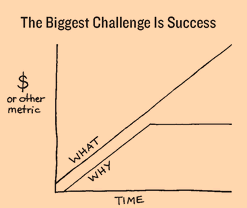
But having spent so many years focused on converting a vision into a viable business, many started to fixate on WHAT the organization did or HOW to do it. Poring over financials or some other easily measured result, and fixating on HOW they were to achieve those tangible results, they stopped focusing on WHY they started the business in the first place. This is also what has happened at Wal-Mart. A company obsessed with serving the community became obsessed with achieving its goals.
The single greatest challenge any organization will face is . . . success.
Keep The Message Clear
As the volume of the megaphone increases, the message traveling through it must stay clear.
When organizations are small, WHAT they do and WHY they do it are in close parallel.
Most organizations today use very clear metrics to track the progress and growth of WHAT they do— usually it’s money.
Measure WHY: At Bridgeport Financial, bonuses were not given for the amount of money that was collected; they were given based on how many “thank you” cards her agents sent out.
Leaders
All leaders must have two things: they must have a vision of the world that does not exist and they must have the ability to communicate it.
When the person who personifies the WHY departs without clearly articulating WHY the company was founded in the first place, they leave no clear cause for their successor to lead. The new CEO will come aboard to run the company and will focus attention on the growth of WHAT with little attention to WHY. Worse, they may try to implement their own vision without considering the cause that originally inspired most people to show up in the first place.
Amazon
What is Amazon's WHY?
Do we have one?
Amazon Care
What is our WHY?